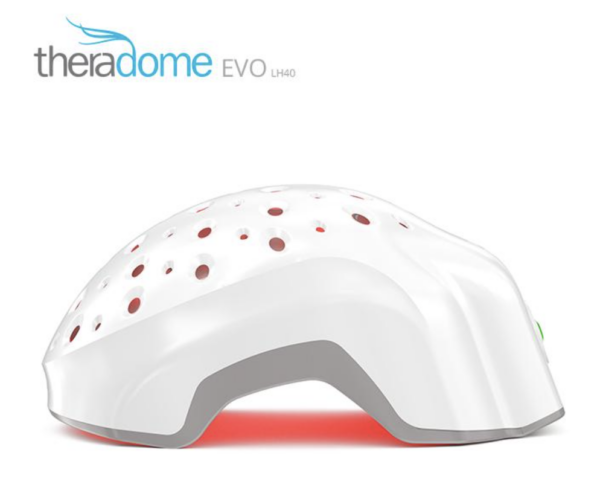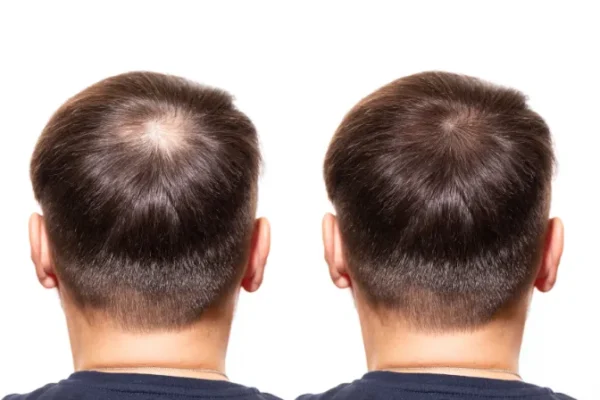Elite Hair Centers
We know that choosing a hair restoration provider is an important decision. At Elite Hair Centers, our unique dermatology and plastic surgery team is dedicated to delivering exceptional results with expertise and passion. This is what sets us apart from the competition.
Low Level Laser THERAPY
Low-level laser therapy (LLLT) is a non-invasive treatment option that uses cold laser light in the visible red spectrum (around 650-700 nm) to stimulate hair growth. Although the exact mechanism is not fully understood, it is believed that the laser light penetrates the scalp, stimulates hair follicles, increases blood flow, and promotes cellular metabolism, leading to enhanced hair growth, thickness, and strength.
LLLT is typically delivered through a home device, such as a helmet, cap, or comb. The recommended usage is three times per week for 20-30 minutes, with a day between treatments to avoid overstimulating follicles. Results may become noticeable as early as 12 weeks after starting treatment.
Several randomized, double-blind studies have demonstrated the efficacy of LLLT using various commercially available devices. Some key findings include:
A 26-week double-blind, sham device-controlled trial involving 110 male patients found a significantly greater increase in mean terminal hair density, hair regrowth, and patient satisfaction in the LLLT group compared to the sham device group. The LLLT device was well-tolerated, with no serious adverse events reported.
Another randomized, sham device-controlled, double-blind clinical trial including 128 male and 188 female patients found greater improvements in terminal hair density among those treated with LLLT compared to those given sham treatment.
While both helmet/cap and comb devices have shown benefits, we recommend a helmet or cap device for more uniform scalp coverage and increased compliance. We specifically recommend the Theradome EVO LH40, which delivers a 680 nm wavelength—determined to be optimal for reaching and stimulating hair follicle cells. In a study involving 30 women with female pattern hair loss, all participants experienced an average 37.75% increase in new hair growth after using the device twice a week for 20 minutes over 24 weeks, with no adverse effects reported.

summary
- LLLT is a non-invasive treatment that uses red light delivered through a scalp device (helmet or cap).
- Treatment typically involves three weekly sessions lasting 20-30 minutes each.
- Multiple randomized, double-blind studies show LLLT’s effectiveness in improving hair density.
- LLLT works best when combined with other therapies.
- The treatment has an excellent side effect profile, with some users only noticing slight scalp warmth.
FAQS
How does LLLT work for hair loss?
LLLT is believed to work by increasing blood circulation in the scalp, promoting nutrient delivery to the hair follicles and stimulating cellular activity. It may help extend the growth phase of the hair cycle, leading to thicker, fuller hair and potentially slowing down hair loss.
Who is a suitable candidate for LLLT?
LLLT can be suitable for both men and women experiencing hair thinning or mild to moderate hair loss. And because of its very low risk of side effects, it can be used as complementary or maintenance treatment for individuals who may not be suitable candidates for surgical procedures or as part of a comprehensive hair loss treatment plan for all patients.
How is LLLT for hair loss administered?
LLLT devices for hair loss are typically designed for home use, allowing individuals to perform treatments themselves. These devices often resemble a helmet or a comb-like apparatus that emits low-level laser or LED light. We recommend the Theradome helmet, in which the use wears the device on the scalp 3x per week for 20 minutes.
Is LLLT for hair loss effective?
Although results may vary among individuals, most people will experience positive outcomes in terms of hair growth and hair quality.
How long does it take to see results from LLLT?
LLLT is a gradual process, and visible results may take time. It typically requires consistent and regular use over several months (at least 12 weeks) to see potential improvements in hair growth, thickness, and overall hair quality. Adherence to the treatment schedule is key.
Are there any side effects of LLLT for hair loss?
LLLT is generally considered safe, as it is non-invasive and non-thermal. Side effects are rare, but some individuals may experience scalp irritation, redness, or temporary shedding of hair. These effects are usually mild and temporary.
Can LLLT be used in combination with other hair loss treatments?
LLLT can be used as a standalone treatment or in combination with other hair loss treatments, such as medications or hair transplantation. Combining therapies may provide synergistic effects and potentially enhance the overall outcomes. Consultation with us to help determine the most suitable treatment plan for your specific needs.
TESTIMONIALS
REFERENCES
Leavitt M, Charles G, Heyman E, Michaels D. HairMax LaserComb laser phototherapy device in the treatment of male androgenetic alopecia: A randomized, double-blind, sham device-controlled, multicentre trial. Clin Drug Investig. 2009;29(5):283-92. doi: 10.2165/00044011-200929050-00001. PMID: 19366270.
Jimenez JJ, Wikramanayake TC, Bergfeld W, Hordinsky M, Hickman JG, Hamblin MR, Schachner LA. Efficacy and safety of a low-level laser device in the treatment of male and female pattern hair loss: a multicenter, randomized, sham device-controlled, double-blind study. Am J Clin Dermatol. 2014 Apr;15(2):115-27. doi: 10.1007/s40257-013-0060-6. PMID: 24474647; PMCID: PMC3986893.
Suchonwanit P, Chalermroj N, Khunkhet S. Low-level laser therapy for the treatment of androgenetic alopecia in Thai men and women: a 24-week, randomized, double-blind, sham device-controlled trial. Lasers Med Sci. 2019 Aug;34(6):1107-1114. doi: 10.1007/s10103-018-02699-9. Epub 2018 Dec 19. PMID: 30569416.
Theradome. Clinical Study Results and Conclusion: Laser Helmet LH80 PRO; 2012.

Before & After Gallery
*Individual results may vary.

